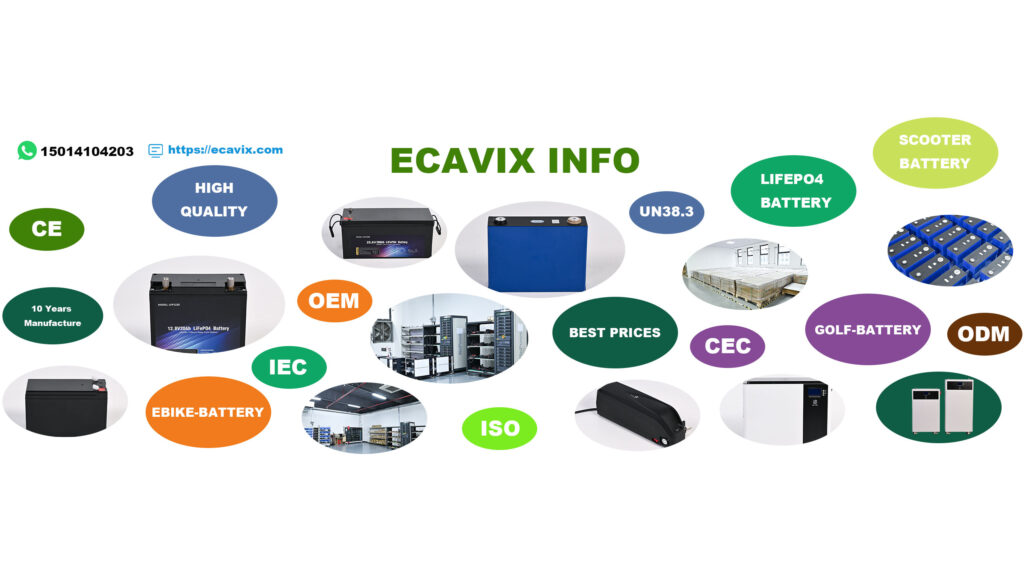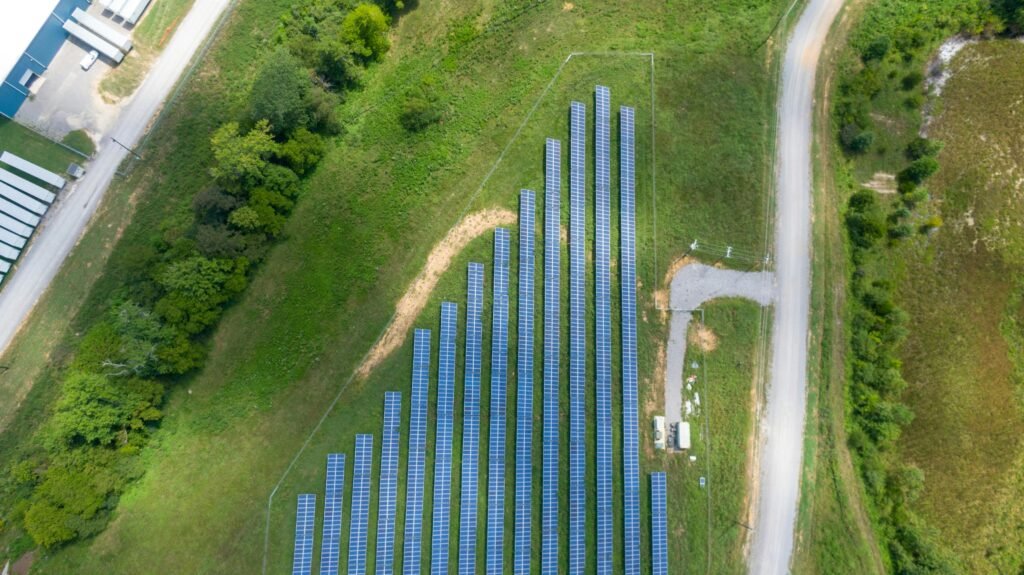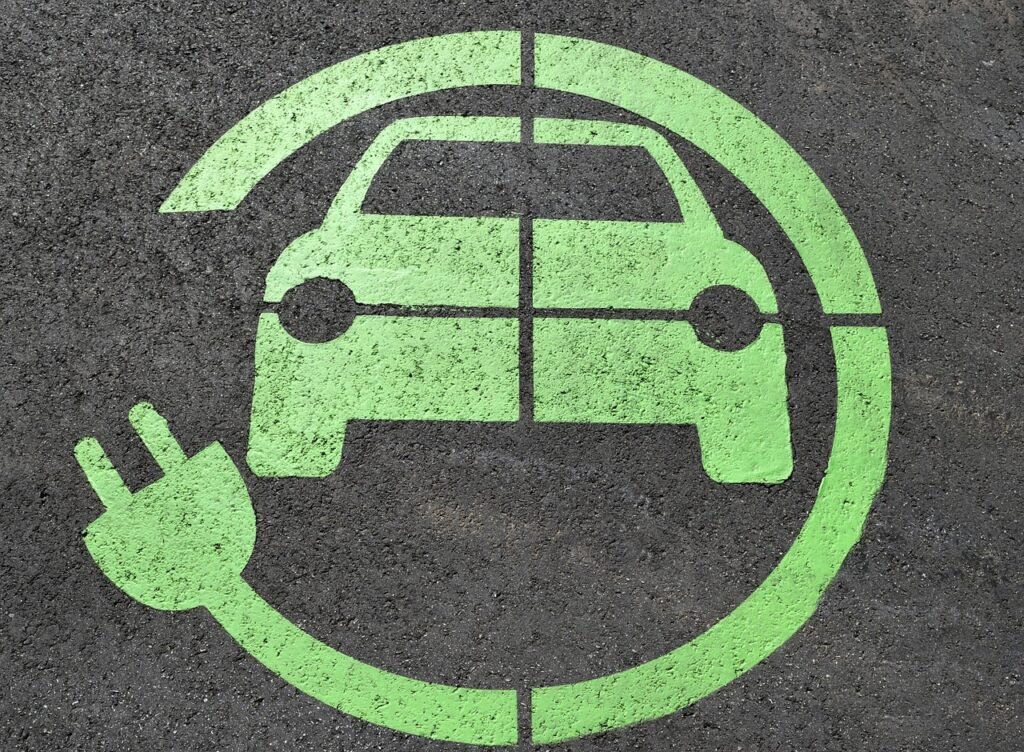Solar energy has become one of the most important renewable energy sources in the world today. With rising concerns about climate change, growing electricity demands, and the need for sustainable solutions, solar power stands out as a clean, cost-effective, and reliable alternative to fossil fuels. But how does solar energy actually work? In this article, we’ll break down the science, technology, and applications of solar energy in a clear and detailed way.
What Is Solar Energy?
Solar energy refers to the energy that comes from the sun. Every day, the sun radiates massive amounts of light and heat, which can be converted into usable forms of energy. Unlike fossil fuels such as coal, oil, or natural gas, solar energy is abundant, renewable, and does not release harmful greenhouse gases when used to generate electricity.
The Earth receives more sunlight in just one hour than the entire world consumes in electricity over a year. This shows the enormous potential of solar energy as a primary source of power for homes, businesses, and industries.
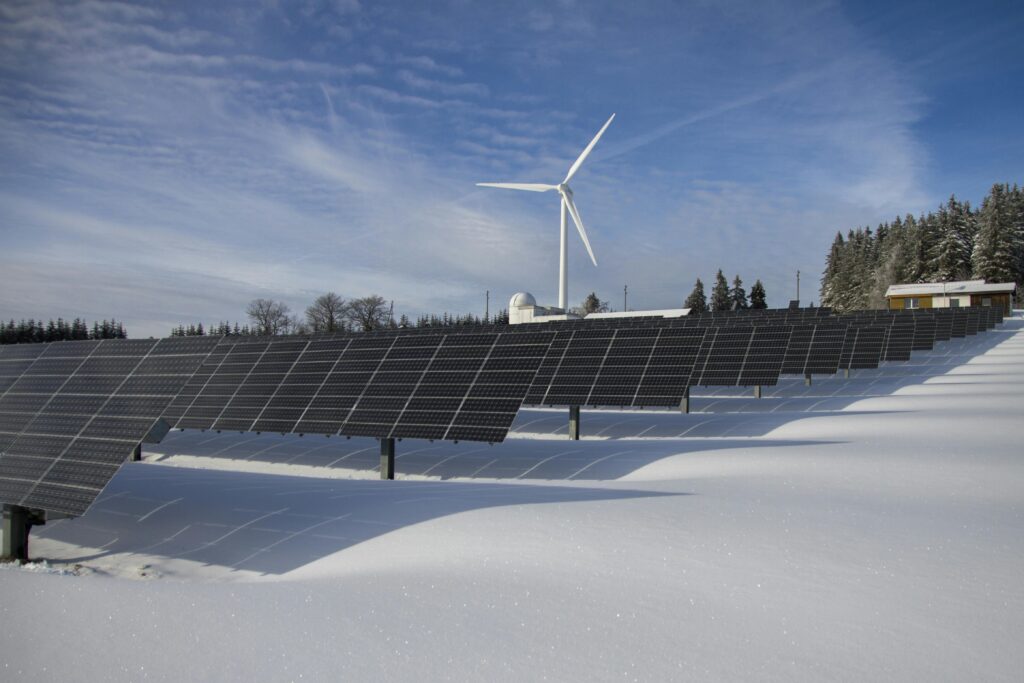
The Science Behind Solar Energy
At its core, solar energy relies on a process called the photovoltaic effect. This effect occurs when certain materials, known as semiconductors, absorb photons (light particles) from the sun and release electrons. These free electrons create an electric current, which can then be harnessed as electricity.
The most common semiconductor used in solar panels is silicon, a durable and abundant element found in sand. Silicon-based solar cells are efficient, long-lasting, and cost-effective, which is why they dominate the solar energy market.
How Do Solar Panels Work?
Solar panels, also known as photovoltaic (PV) panels, are the key technology that makes solar energy usable. A typical solar panel is made up of many solar cells connected together. Here’s a step-by-step breakdown of how they work:
- Absorption of Sunlight
When sunlight hits the surface of the solar panel, the solar cells absorb photons from the sun’s rays. - Generation of Electric Current
The energy from the photons excites electrons in the semiconductor material (usually silicon). This causes electrons to move, creating a flow of electricity. - Direct Current (DC) Output
The movement of electrons generates direct current (DC) electricity. However, most homes and businesses use alternating current (AC). - Conversion to AC Power
An inverter converts the DC electricity into AC electricity, making it compatible with household appliances, commercial equipment, and the power grid. - Distribution of Electricity
The converted electricity can be used immediately in the building, stored in a solar battery, or fed back into the electrical grid.
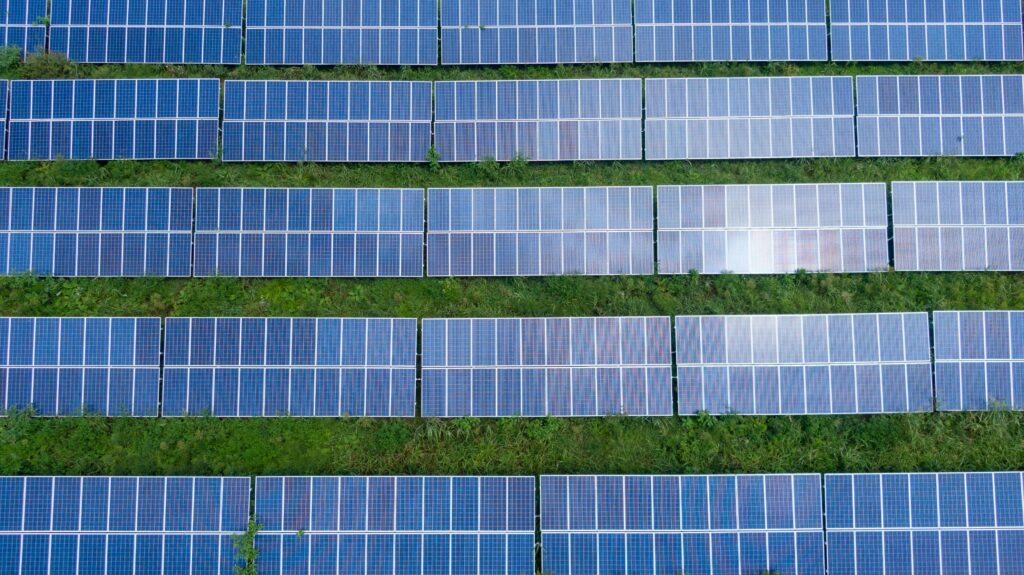
Types of Solar Energy Systems
There are different types of solar energy systems depending on how the electricity is used and stored.
- Grid-Tied Solar Systems
These systems are connected to the local utility grid. Excess electricity produced by the solar panels is sent back to the grid, often earning credits through a process called net metering. - Off-Grid Solar Systems
Off-grid systems are independent of the utility grid. They rely on solar panels and batteries to store electricity for later use. These systems are ideal for remote locations without access to power lines. - Hybrid Solar Systems
A hybrid system combines solar panels, batteries, and a connection to the utility grid. It offers the benefits of both grid-tied and off-grid systems, ensuring energy availability even during outages.
Solar Thermal vs. Solar Photovoltaics
When people talk about solar energy, they often think only of solar panels. However, there are two main types of solar energy technologies:
- Solar Photovoltaics (PV):
Converts sunlight directly into electricity using solar panels. This is the most common type of solar energy used in homes and businesses. - Solar Thermal Systems:
Uses mirrors or collectors to capture the sun’s heat and convert it into thermal energy. This heat can be used for water heating, space heating, or even generating electricity in large-scale solar power plants.

Benefits of Solar Energy
Solar power offers numerous advantages for individuals, communities, and the environment.
- Renewable and Sustainable
The sun is an endless energy source. Unlike fossil fuels, it will never run out. - Reduces Electricity Bills
Installing solar panels can significantly lower monthly electricity costs. Many households even generate more power than they consume. - Environmentally Friendly
Solar energy does not produce carbon emissions or air pollution, making it a clean and green energy option. - Energy Independence
By generating their own power, individuals and businesses reduce dependence on utility companies and foreign energy sources. - Low Maintenance
Solar panels have no moving parts and require minimal maintenance. Most systems last 25 to 30 years or more.
Challenges of Solar Energy
Despite its many benefits, solar energy also has some limitations.
- Intermittency
Solar panels only generate electricity when the sun is shining. Cloudy days and nighttime require backup power or storage solutions. - High Initial Cost
While prices have decreased dramatically, the upfront cost of solar installation can still be significant. - Space Requirements
Large solar systems require a considerable amount of roof or land space. - Energy Storage
Solar batteries are still relatively expensive, though costs are dropping each year.
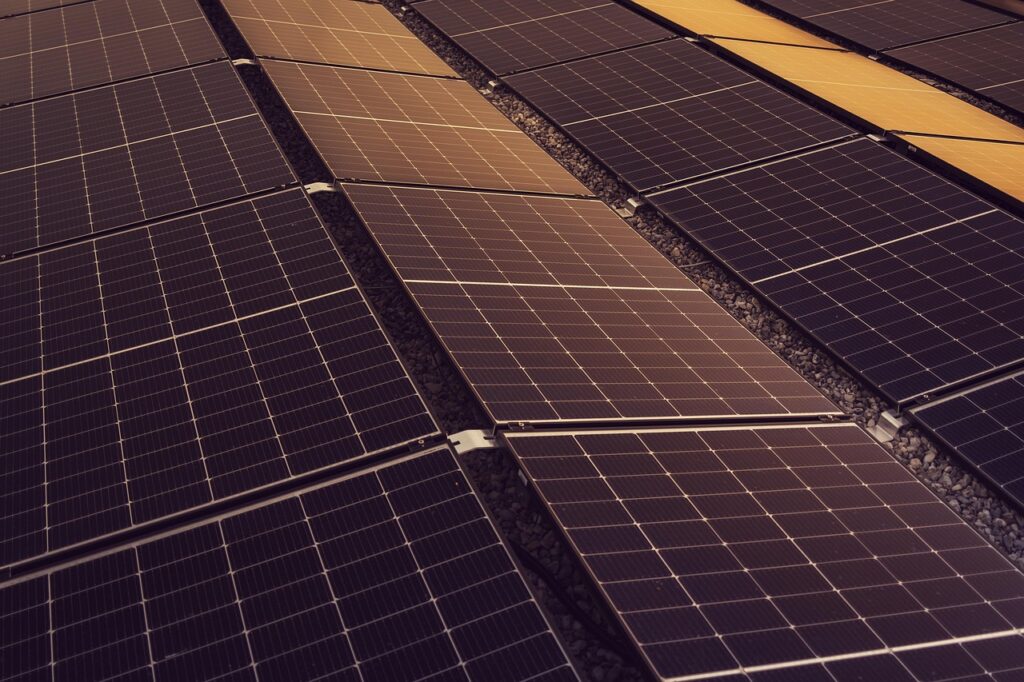
The Role of Solar Batteries
Solar batteries store excess energy produced during the day for use at night or during power outages. The most common type of solar battery is the lithium-ion battery, which offers high efficiency and long lifespan. Adding a battery to a solar system enhances energy independence and reliability.
Global Impact of Solar Energy
Solar energy is growing rapidly worldwide. According to the International Energy Agency (IEA), solar power is now the cheapest form of electricity in many regions. Countries such as China, the United States, India, and Germany are leading in solar installations, but adoption is spreading across all continents.
Large-scale solar farms are being built to supply clean power to millions of people, while smaller rooftop systems empower individuals and businesses to take control of their energy usage.

The Future of Solar Energy
The future of solar energy looks bright. Advances in technology, such as bifacial solar panels, perovskite solar cells, and floating solar farms, are making solar more efficient and versatile. As storage solutions improve and costs continue to decline, solar power will play a central role in the global transition to renewable energy.
Conclusion
Solar energy works by capturing sunlight and converting it into usable electricity through solar panels and supporting technologies. It is a clean, renewable, and increasingly affordable energy source that benefits individuals, businesses, and the planet. While challenges such as intermittency and initial costs exist, advancements in storage and technology are addressing these issues rapidly.
Switching to solar energy not only reduces electricity bills but also contributes to a sustainable future. Whether you’re considering solar for your home, business, or community, understanding how solar energy works is the first step toward embracing one of the most promising energy solutions of our time.
Special Sponsor
This article is proudly sponsored by ECAVIX Energy.
ECAVIX Energy is a professional manufacturer dedicated to innovative home energy storage solutions. With over a decade of expertise in the new energy industry, the company focuses on delivering reliable, high-performance battery systems for both residential and light mobility applications. By combining advanced technology with a strong commitment to sustainability, ECAVIX Energy empowers households to achieve smarter, cleaner, and more efficient energy management.
